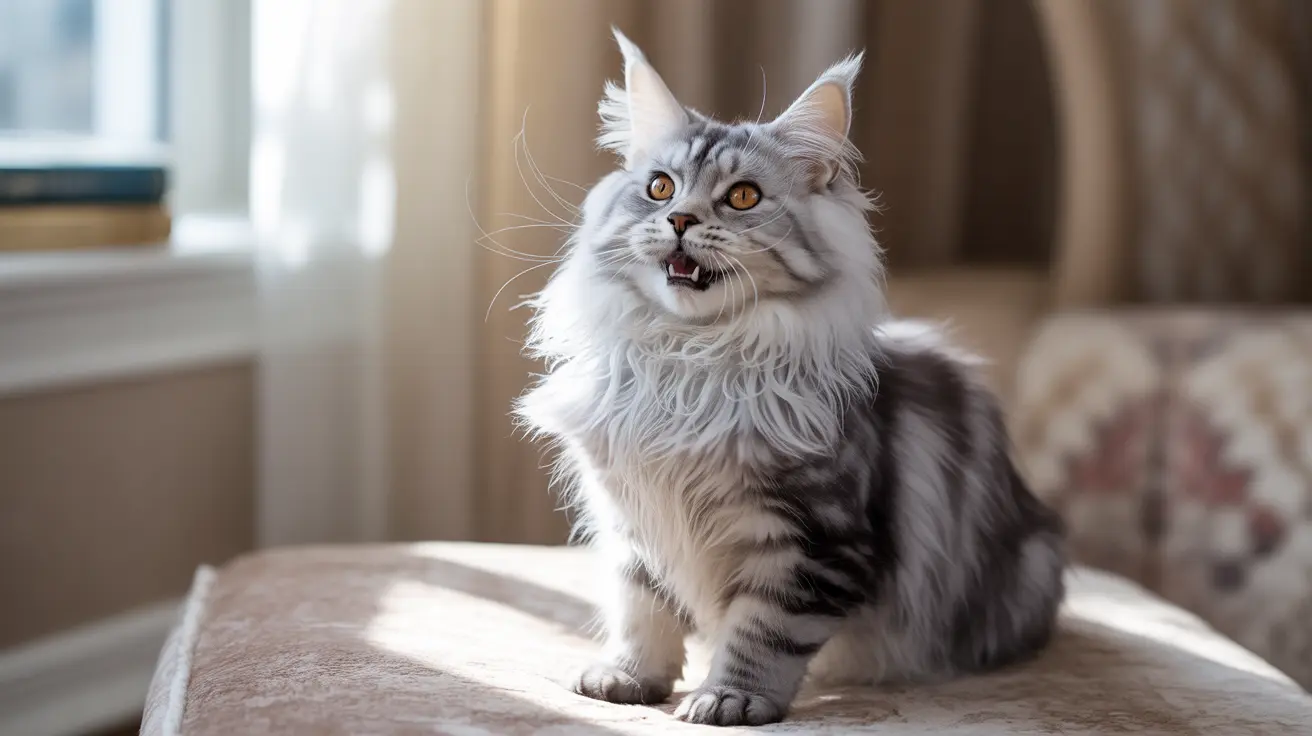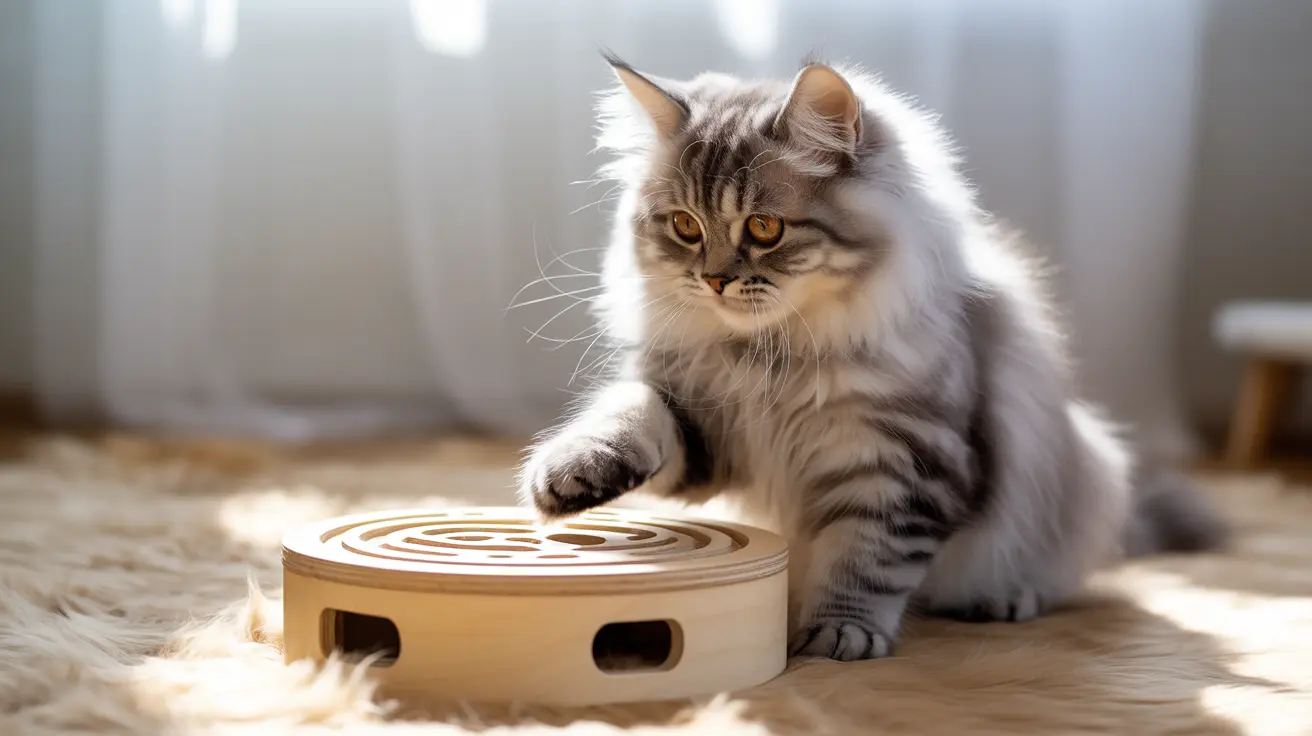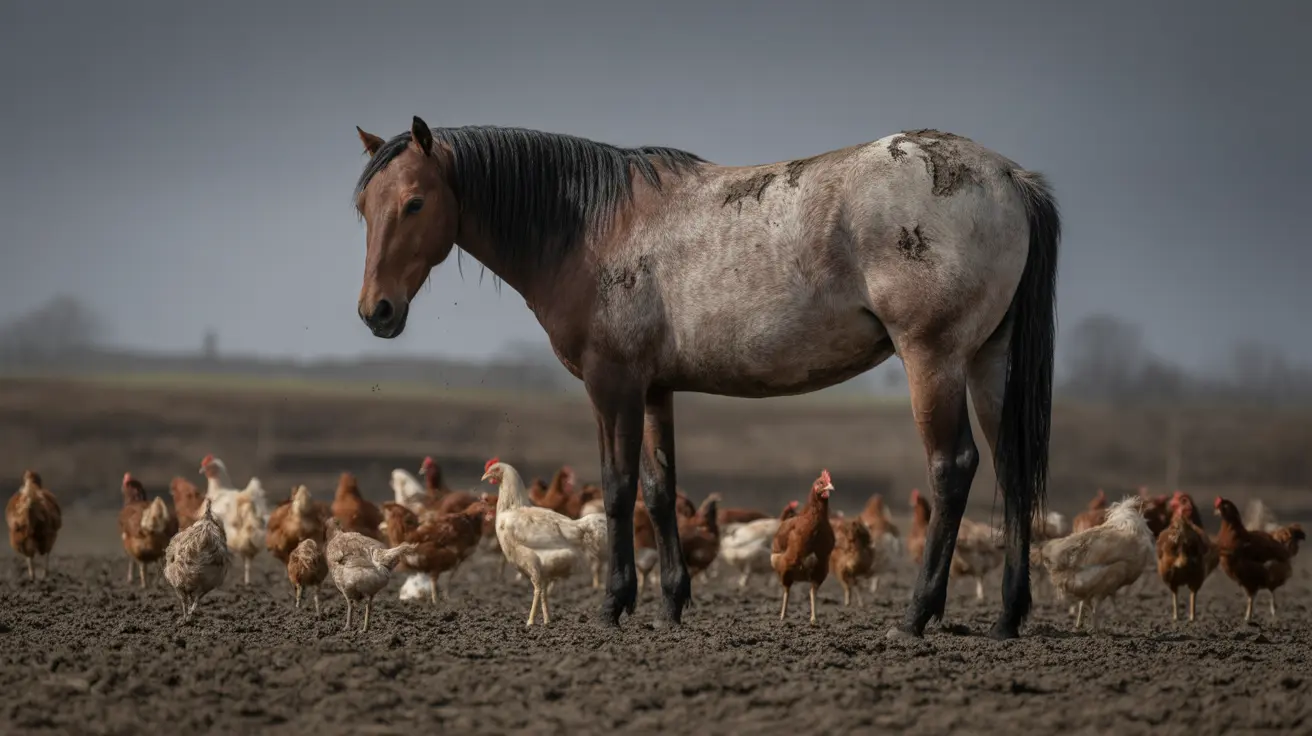Have you ever wondered what your cat is trying to tell you through their diverse repertoire of sounds? Cat vocalizations represent a sophisticated form of feline communication that goes far beyond simple meows. Understanding these intricate vocal signals is crucial for any cat owner who wants to build a stronger bond with their pet and ensure their well-being.
From the gentle purr of contentment to the urgent yowl of distress, each sound in a cat's vocal vocabulary serves a specific purpose. As experts in feline behavior have discovered, cats have developed an elaborate system of communication, particularly when interacting with their human companions. This comprehensive guide will help you decode these various vocalizations and respond appropriately to your cat's needs.
By learning to interpret cat sounds and combining this knowledge with an understanding of cat body language, you'll be better equipped to provide the care and attention your feline friend deserves. Let's explore the fascinating world of cat communication and uncover the meanings behind their various vocal expressions.
The Fundamentals of Feline Communication
Cat vocal signals are remarkably complex, with each sound carrying specific meanings and intentions. Unlike their communication with other cats, which relies heavily on body language and scent marking, cats have evolved to use vocalizations primarily as a way to communicate with humans. This means that when your cat vocalizes, it’s often trying to get your attention, convey a need, or express an emotional state. Learning to differentiate between these sounds lays the foundation for deeper understanding and trust in your cat-human relationship.
Understanding the Basic Cat Meows Types
The meow is perhaps the most versatile of all cat vocalizations. While adult cats rarely meow at one another, they direct a wide variety of meows toward humans. Subtle differences in pitch, length, and tone provide important clues about your cat’s needs and mood. Recognizing these nuances can help you respond more appropriately to your feline companion.
- Short, chirpy meows: Usually a friendly greeting, these quick sounds welcome you or announce your cat’s presence.
- Long, drawn-out meows: Often a demanding request, such as asking for food or to be let outside.
- High-pitched meows: May indicate excitement, eagerness, or sometimes urgency—your cat might want attention right away.
- Low-pitched meows: Could signal discomfort, irritation, or annoyance. Your cat might be warning you to back off or expressing displeasure.
Interpreting Your Cat's Purr Purpose
While most people associate purring with happiness, understanding the true meaning of purring requires careful observation of the situation. Purring can indicate more than just contentment, and discerning the context helps clarify what your cat is trying to communicate.
- During pleasant experiences: Cats often purr when being petted or enjoying restful moments, signaling relaxation and trust.
- Seeking comfort or healing: Cats may purr when they are stressed, in pain, or unwell, possibly as a self-healing mechanism. The vibrations produced by purring are thought to promote healing and lower stress both in themselves and, sometimes, in those nearby.
- Signaling contentment or relaxation: Soft purring may simply signal that your cat feels safe and comfortable in its environment.
- Self-soothing: In stressful or frightening situations, cats might purr to calm themselves. Pay attention to body language and context to interpret these moments accurately.
Reading Cat Cues: Beyond Basic Sounds
While vocalizations are a crucial part of feline communication, your cat relies on a combination of sounds, body language, and behavioral cues to convey messages. Observing these together provides a more complete picture of what your cat is feeling or needing.
Chirping and Trilling
Chirps and trills are high-pitched, rolling sounds often used by cats in interactive contexts. These sounds can demonstrate excitement and engagement, frequently occurring when your cat spots a bird through the window or is happy to see you after a separation. Mothers also use these sounds to get the attention of their kittens, and your cat may trill or chirp to get yours as well. These vocalizations can also reflect a playful or friendly mood and are often a sign that your cat is eager for interaction.
- Friendly greetings—welcoming you home or inviting you to play
- Attention-seeking—directed at humans or other pets to gain notice
- Maternal communication—used by mother cats to guide their kittens
- Excitement or anticipation—such as before a meal or during play
Warning Signals: Growling and Hissing
These sounds serve as unmistakable warnings. Growling and hissing are defensive behaviors designed to deter perceived threats and prevent escalation. If your cat growls or hisses, it is communicating discomfort, fear, or irritation and is asking for space. It’s important to respect these signals to maintain trust and prevent fear-based aggression.
- Fear or anxiety—commonly heard in stressful environments or when your cat feels cornered
- Territorial defense—used to warn off intruders or other animals
- Pain or discomfort—may signal injury or illness, particularly if these sounds are new or more frequent
- Aggressive warning—advising that the cat is prepared to defend itself if threatened further
How Cats Communicate Distress
Recognizing distress signals in your cat’s vocal behavior can be vital for their health and happiness. Unusual or excessive vocalizations, especially those that differ from your cat’s normal patterns, often indicate that something requires your attention.
Yowling Behavior
Yowling is a loud, drawn-out vocalization distinct from ordinary meowing. It’s more persistent and indicates heightened emotion or need. Understanding the different potential causes for yowling can help you assess what action is necessary to comfort or aid your cat.
- Medical emergencies—sudden onset yowling may signal pain or illness; consult your veterinarian promptly if this occurs
- Mating calls—intact cats may yowl when in heat or seeking a mate; neutering or spaying typically alleviates these behaviors
- Territorial disputes—cats may yowl to assert dominance or mark territory, especially in multi-cat households
- Cognitive dysfunction in older cats—senior cats may yowl due to confusion, anxiety, or sensory decline
Responding to Cat Sounds Effectively
Successfully interpreting and responding to your cat’s vocalizations enhances your relationship and ensures their needs are addressed promptly. Appropriate responses help your cat feel understood, safe, and valued.
- Consistent attention to context: Always consider what’s happening around your cat when it vocalizes. Is it mealtime, playtime, or a moment of stress?
- Recognition of pattern changes: Notice new sounds or changes in frequency, which may indicate health or emotional issues.
- Quick action when necessary: Particularly for distress calls, timely intervention promotes well-being and can prevent larger problems.
- Patient observation: Spend time learning your cat’s unique vocal patterns and how they interact with behavior and body language for the best communication.
Frequently Asked Questions
- What are the main types of cat vocalizations? Cats vocalize through meowing, purring, growling, hissing, and yowling. Each sound serves a different purpose, helping cats interact with humans and express their emotional states.
- Why do cats meow? Cats meow chiefly to communicate with humans, seeking attention, food, or expressing a range of needs and emotions, from affection to discomfort.
- What does it mean when a cat purrs? Purring generally signals satisfaction and comfort but can also occur during pain or stress, demonstrating the need to assess context.
- Why do cats yowl loudly? Yowling can signal mating behavior, distress, attention-seeking, or underlying medical issues that may require veterinary attention.
- How can I tell if my cat is happy or upset by its sounds? Content cats often purr and emit chirps, while unhappy ones might growl, hiss, or yowl. Observing body language alongside vocalizations provides the clearest insight into their mood.
- Do cats use vocalizations to talk to other cats? While some vocalizations, such as yowling, can be directed at other cats, most day-to-day meows are intended for human communication. Cats rely more on body language with other felines.
- What should I do if my cat growls? Give your cat space immediately, as growling signals fear or irritation. Attempting to comfort or handle a growling cat can increase its distress.
- Can cat vocalizations indicate health problems? Yes, sudden onset or changes in vocal behavior can be early indicators of medical problems and should prompt a veterinary evaluation.
- How can owners better understand their cat's sounds? By observing and recording patterns in both sound and body language during various situations, owners become adept at interpreting their cat’s unique communication style.
- Is it possible to train a cat to vocalize less? Satisfying your cat’s basic needs and choosing not to reward unnecessary meows by withholding attention can help reduce excessive vocalization over time. Consistency in response is key.
Understanding cat vocalizations is an essential skill for any cat owner. By paying attention to these various sounds and their contexts, you can build a stronger relationship with your feline companion and ensure their needs are met promptly and appropriately. Remember that each cat is unique, and taking the time to learn your pet's specific vocal patterns will lead to more effective communication and a happier household.






